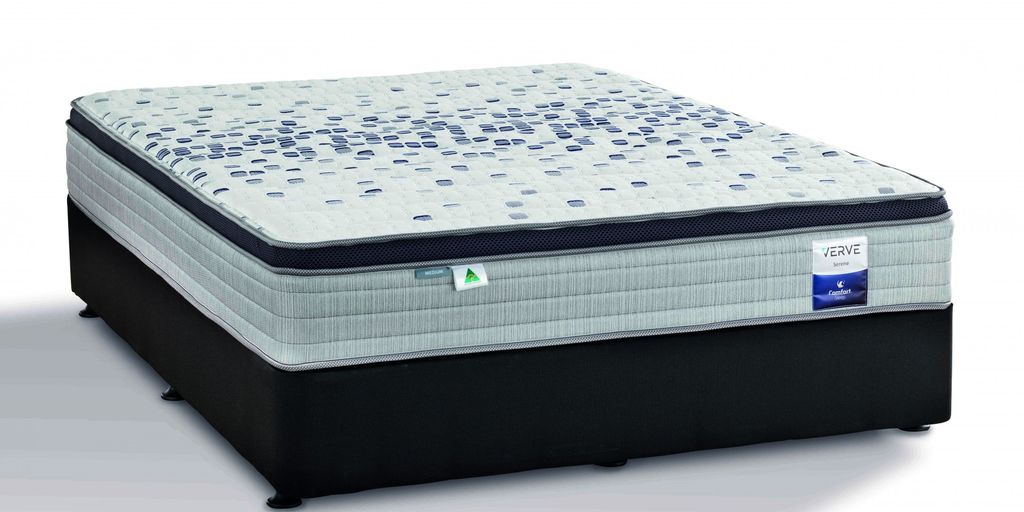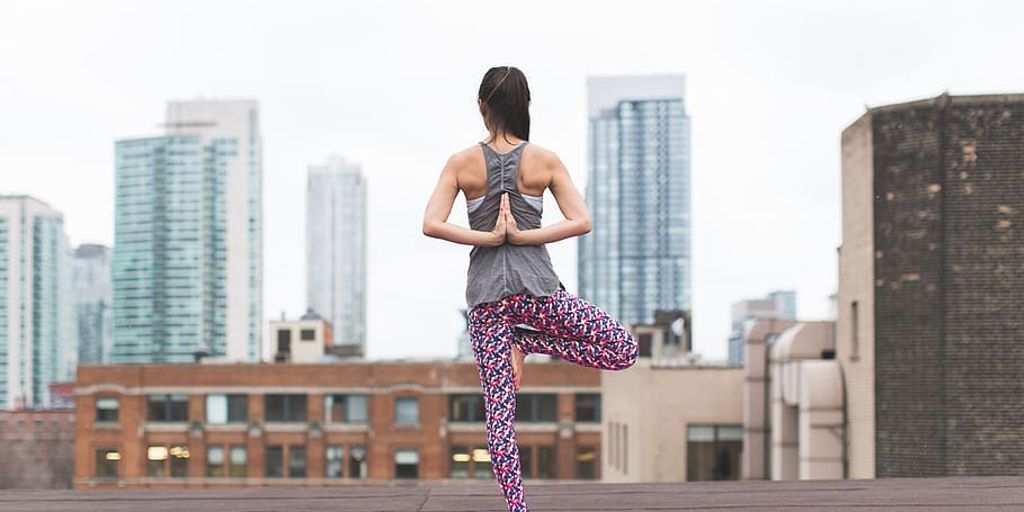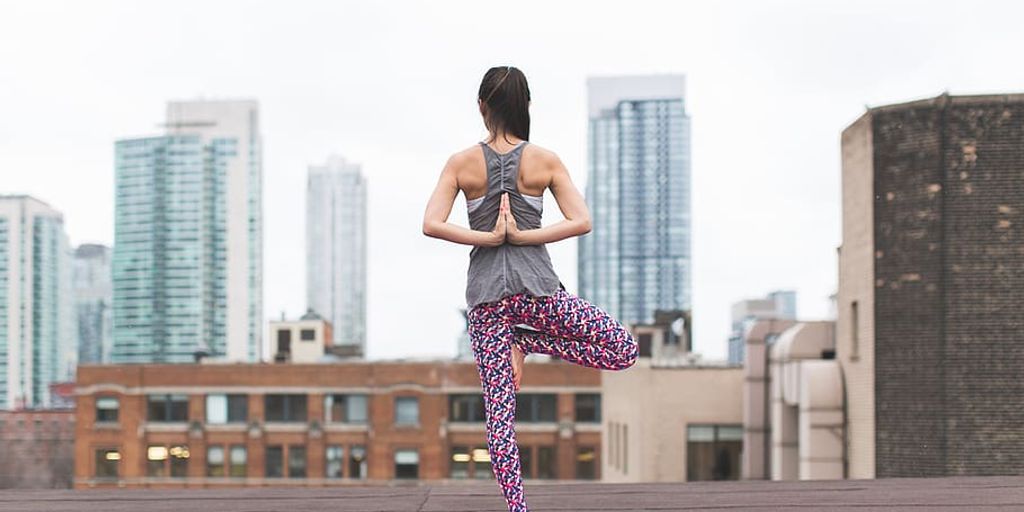
The Ultimate Guide to Choosing the Perfect B Yoga Mat for Your Practice
Choosing the perfect yoga mat is crucial for enhancing your practice and ensuring comfort, stability, and durability. With numerous options available, finding the right B Yoga Mat can be a daunting task. This guide aims to simplify the process by providing comprehensive insights into various factors that should be considered when selecting a yoga mat.
Key Takeaways
- A high-quality yoga mat can significantly improve your practice by providing better grip, comfort, and stability.
- The material of the yoga mat, whether natural or synthetic, plays a crucial role in its eco-friendliness, durability, and maintenance.
- The thickness of the yoga mat affects both comfort and stability, and should be chosen based on your specific practice style.
- Non-slip features and texture preferences are essential for ensuring stability and enhancing performance during yoga sessions.
- Investing in a premium yoga mat may offer long-term benefits, including better durability and enhanced overall practice experience.
Understanding the Importance of a Quality Yoga Mat
Benefits of Using a High-Quality Mat
A quality yoga mat offers excellent grip, ensuring stability and safety. It absorbs sweat, dries quickly, and keeps you grounded during your flow. Investing in a high-quality mat can significantly enhance your practice by providing the necessary support and comfort.
Common Issues with Low-Quality Mats
Low-quality mats often lack the necessary grip and cushioning, leading to discomfort and potential injuries. They may wear out quickly, losing their effectiveness and requiring frequent replacements. This can be both frustrating and costly in the long run.
How a Good Mat Enhances Your Practice
A good mat enhances your practice by providing a stable and comfortable surface. It helps in maintaining balance and alignment, reducing the risk of injuries. Additionally, a high-quality mat can improve your overall experience, making your practice more enjoyable and effective.
Pressure points are better managed with a quality mat, allowing for a more focused and uninterrupted practice.
Material Matters: Choosing the Right Fabric for Your B Yoga Mat
Natural vs. Synthetic Materials
When selecting a yoga mat, the choice between natural and synthetic materials is crucial. Natural materials like rubber and jute offer excellent grip and are eco-friendly, while synthetic options such as PVC and TPE are often more affordable and durable. Understanding the pros and cons of each material can help you make an informed decision.
Eco-Friendly Options
For those who prioritize sustainability, eco-friendly yoga mats are a great choice. These mats are typically made from natural rubber, jute, or organic cotton. They not only reduce your carbon footprint but also provide a non-toxic surface for your practice. Look for certifications like OEKO-TEX to ensure the mat meets environmental standards.
Durability and Maintenance
The longevity of your yoga mat depends largely on its material. Natural rubber mats are known for their durability but require more maintenance, such as regular cleaning and avoiding direct sunlight. On the other hand, synthetic mats like PVC are easier to maintain but may not last as long. Balancing durability and ease of maintenance is key to finding the perfect mat for your needs.
Choosing the right fabric for your B Yoga Mat can significantly impact your practice. Whether you opt for natural or synthetic materials, make sure to consider eco-friendly options and the durability of the mat. This will ensure you have a reliable and sustainable mat for your yoga sessions.
Finding the Right Thickness for Your B Yoga Mat
Standard Thickness Options
Yoga mats are typically between three and five millimeters thick (or 1/8 to 3/16 inches), with some thinner one to two-millimeter “travel mat” options thrown in. The standard thickness provides a balance between comfort and stability, making it suitable for most practitioners.
Impact on Comfort and Stability
The thickness of your yoga mat can significantly affect your practice. Thicker mats offer more cushioning, which is beneficial for poses that put pressure on your joints. However, they may compromise stability, especially in standing poses. Conversely, thinner mats provide better stability but less comfort.
Choosing Based on Your Practice Style
Your practice style should guide your choice of mat thickness. For instance, if you practice restorative yoga, a thicker mat might be more comfortable. On the other hand, if you engage in dynamic styles like Vinyasa or Ashtanga, a thinner mat could enhance your stability and performance.
Finding the right thickness for your B Yoga Mat is crucial for a balanced and effective practice. Consider your specific needs and practice style to make the best choice.
Grip and Texture: Ensuring Stability During Your Practice
Non-Slip Features
A yoga mat with excellent non-slip features is crucial for maintaining stability during your practice. Improved grip ensures that you can hold poses without slipping, which is especially important during more intense sessions. Look for mats with a textured surface that enhances traction.
Texture Preferences
The texture of your yoga mat can significantly affect your comfort and performance. Some practitioners prefer a smooth surface, while others find that a more textured mat provides better grip and stability. It's essential to choose a texture that aligns with your personal preferences and practice style.
How Grip Affects Your Performance
A good grip on your yoga mat can make a world of difference in your practice. It allows you to focus on your poses and get your zen on without worrying about slipping. This not only improves your performance but also reduces the risk of injury.
When selecting a yoga mat, consider how the grip and texture will impact your overall experience. A mat with the right balance of these features can enhance your practice and provide long-term use.
Portability and Storage Solutions for Your B Yoga Mat
Lightweight Options for Travel
When you're on the go, having a portable floor to enhance your yoga practice is essential. Lightweight mats are designed to be easy to carry, making them perfect for travel. Look for mats that can be easily rolled or folded without compromising their structure.
Compact Storage Ideas
Storing your yoga mat efficiently can save space and keep your practice area tidy. Consider using wall hooks, under-bed storage, or dedicated yoga mat racks. These solutions help keep your mat accessible while ensuring it doesn't take up too much room.
Accessories to Enhance Portability
Investing in accessories like carrying straps or bags can make transporting your mat more convenient. These accessories are especially useful for those who practice yoga in different locations, such as at home, in the studio, or outdoors. A good carrying bag can also protect your mat from wear and tear, extending its lifespan.
Efficient storage and portability solutions can significantly enhance your yoga practice by making it easier to maintain a consistent routine, no matter where you are.
Price vs. Value: Investing in the Right B Yoga Mat
When it comes to investing in a yoga mat, budget-friendly options are often the first consideration for many practitioners. These mats can provide a decent starting point, especially for beginners who are just getting into their practice. However, it's important to balance cost with quality to ensure you get the most out of your investment.
Premium mats and their benefits are worth considering if you're serious about your yoga practice. These mats often offer superior durability, better grip, and enhanced comfort, which can significantly improve your overall experience. While the initial cost may be higher, the long-term benefits often justify the expense.
Long-term investment considerations should not be overlooked. A high-quality mat can last for years, reducing the need for frequent replacements. This not only saves money in the long run but also contributes to a more sustainable practice by reducing waste.
By carefully evaluating your needs and preferences, you can conveniently locate the perfect yoga mat near you by attending classes, reading reviews, considering budget, and understanding your yoga practice. Key takeaways: research, compare, test, and make an informed decision.
Customer Reviews and Recommendations
Top-Rated B Yoga Mats
When it comes to selecting the perfect B Yoga Mat, customer reviews can be incredibly insightful. Top-rated mats often highlight the best features and help you make an informed decision. Look for mats that consistently receive high ratings for durability, comfort, and grip.
Common Praises and Complaints
Understanding the common praises and complaints can guide you in choosing a mat that meets your needs. Customers frequently praise mats for their non-slip surfaces and eco-friendly materials. On the flip side, some common complaints include issues with mat thickness and wear over time.
How to Interpret Customer Feedback
Interpreting customer feedback is crucial for making the right choice. Focus on reviews that mention specific aspects of the mat, such as its performance during different types of yoga practices. Pay attention to both positive and negative feedback to get a balanced view.
Customer reviews serve as a valuable guide on selecting and maintaining yoga mats for optimal practice. They offer real-world insights that can help you find the perfect mat for your needs.
Our customers love the quality and design of our yoga mats and accessories. Don't just take our word for it, read their reviews and see why Yune Yoga is the preferred choice for yoga enthusiasts. Ready to elevate your practice? Visit our website and explore our range of products today!
Conclusion
Choosing the perfect B Yoga mat for your practice involves considering various factors such as material, thickness, texture, and size. By understanding your personal needs and preferences, you can find a mat that enhances your practice and provides the support and comfort you require. Remember to also consider the environmental impact and durability of the mat to ensure it aligns with your values and long-term goals. With the right B Yoga mat, you can elevate your practice and enjoy a more fulfilling and effective yoga experience.
Frequently Asked Questions
What is the ideal thickness for a yoga mat?
The ideal thickness for a yoga mat depends on your practice style and personal preference. Generally, mats range from 1/16 inch to 1/4 inch thick. Thicker mats provide more cushioning, while thinner mats offer better stability.
Are eco-friendly yoga mats durable?
Yes, eco-friendly yoga mats can be quite durable. Materials like natural rubber and cork are both sustainable and long-lasting, provided they are properly maintained.
How do I clean and maintain my B Yoga mat?
To clean your B Yoga mat, use a mild detergent mixed with water and a soft cloth. Avoid harsh chemicals and direct sunlight. Regular cleaning will help maintain the mat's grip and longevity.
What is the difference between natural and synthetic yoga mats?
Natural yoga mats are made from materials like rubber, cork, or jute, which are environmentally friendly. Synthetic mats, on the other hand, are often made from PVC or TPE. Natural mats are generally more eco-friendly, while synthetic mats can offer more variety in terms of texture and color.
Is a non-slip mat necessary for yoga?
A non-slip mat is highly recommended for yoga, especially for practices that involve a lot of movement or sweating. It helps in maintaining stability and prevents injuries.
Can I use my yoga mat for other exercises?
Yes, yoga mats can be used for various other exercises such as Pilates, stretching, and even light weight training. However, it's important to ensure that the mat provides adequate support and grip for the specific exercise you're doing.


